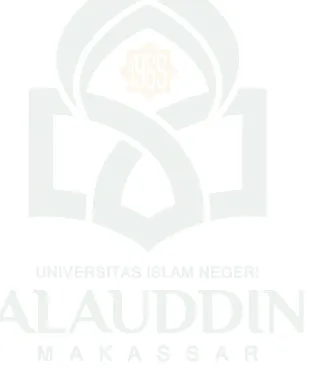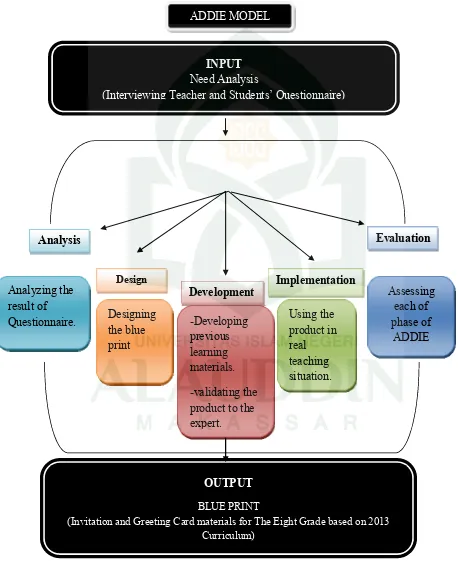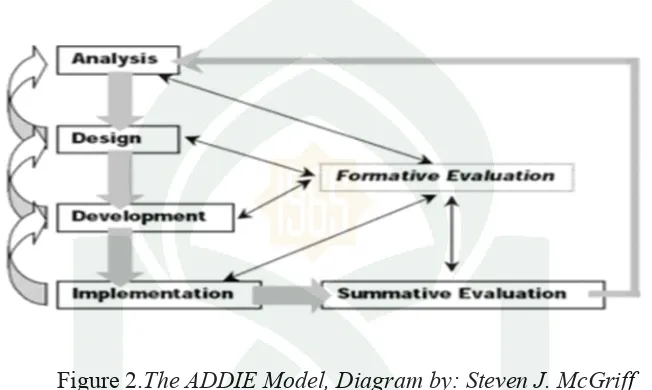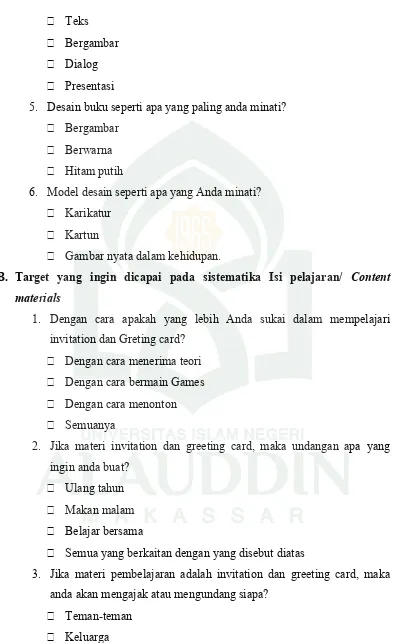A Thesis
Submitted in Partial Fulfillment of the Requirements for the Degree of
Sarjana Pendidikan in English Education Department of
Tarbiyah and Teaching Science Faculty of
UIN Alauddin Makassar
By
RAODHATUL JANNAH
Reg. No. 20400113061
ENGLISH EDUCATION DEPARTMENT
TARBIYAH AND TEACHING SCIENCE FACULTY
v




